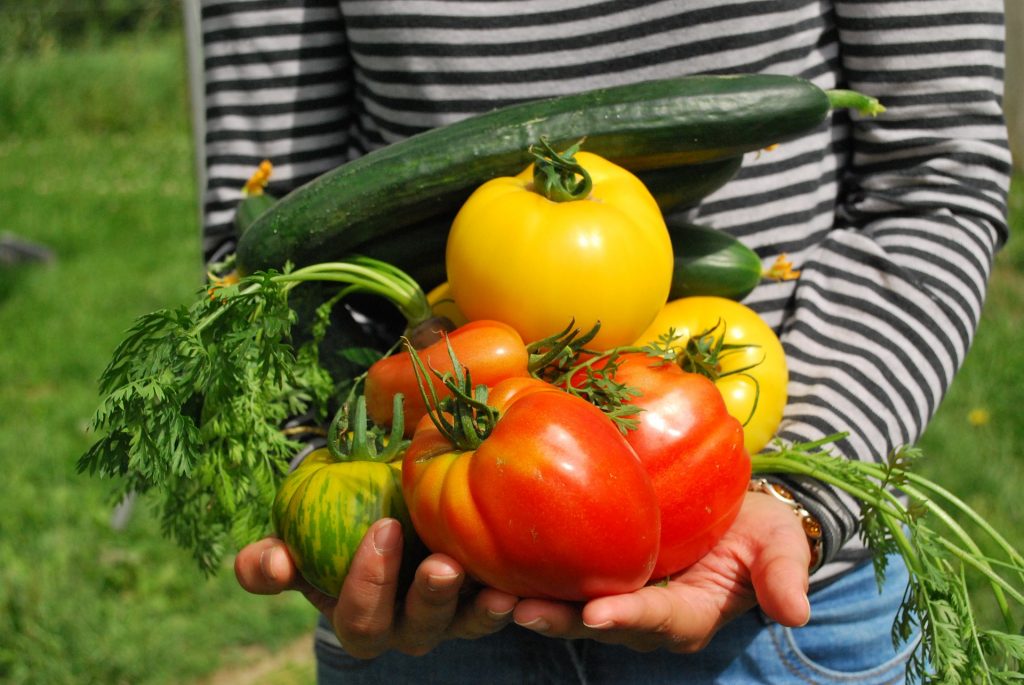
While growing your own fruits and vegetables is a healthy and fun pastime, sometimes your yard just isn’t big enough to support it. Add to that the fact that you live in the city, and you may be left feeling that your green thumb won’t ever see the light of day. Fortunately, there is a remedy for this – a community garden.
What is this you ask? It’s actually very simple. A community garden is a shared plot of land where people come together to grow whatever their hearts desire. Starting one is easy, and by following these steps, you’ll be planting in no time.
1. Organize an interest meeting – While you’re all for the idea of a community garden, don’t forget to gain the support of your community. An interest meeting is a great starting point in which you can gather together a group of people who are not only interested, but want to see it to fruition. At the meeting, discuss what kind of garden it will be and possible locations.
2. Raise the funds – Starting a community garden will require monetary funds to lease/purchase land (unless it is donated), buy gardening tools, purchase seeds, and pay for water usage. Seek out the support of local community groups such as non-profits, schools, churches, or parks and recreation departments, and hold fundraisers. In your efforts, remember to explain the benefits a garden will bring to the entire local community.
3. Find and prepare your plot – In your search for the best location for your community garden, keep in mind sun exposure and water availability. Find out who owns the land and ask if they would be willing to donate or lease the land. Once you’ve secured your location, the real work begins. Before you can begin planting, you must prepare the soil and beds. Will you have in-ground beds or raised beds? Does the soil need added nutrients such as compost or manure? Proper preparation will ensure a successful start to your garden.
4. Set the rules – While a community garden is fun, it is important to set some rules so that everyone knows what is expected of them. Basic ground rules should address plot assignment, tool sharing, basic maintenance, and dues if applicable.
A community garden is a great way to beautify your community, grow fresh produce, and promote a healthy lifestyle. By following these simple steps, you’ll be on the road to building a stronger and greener community.
